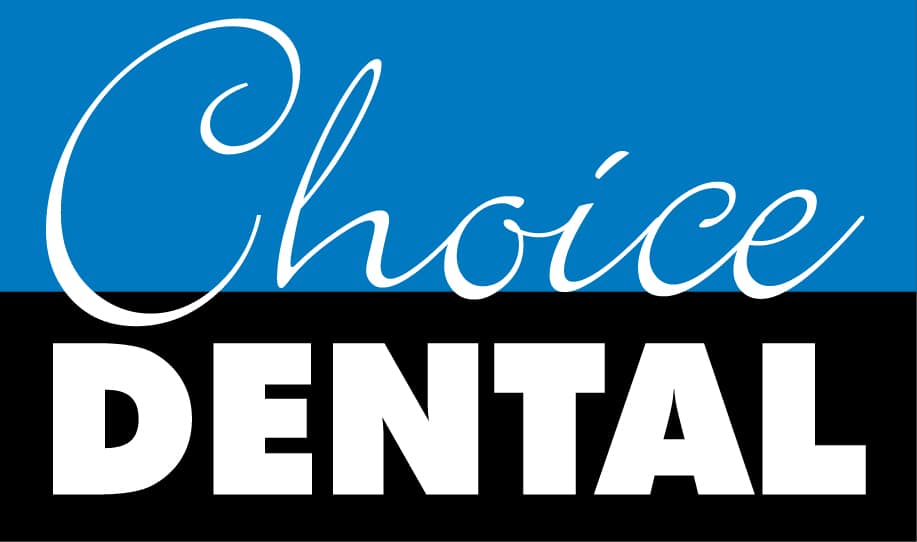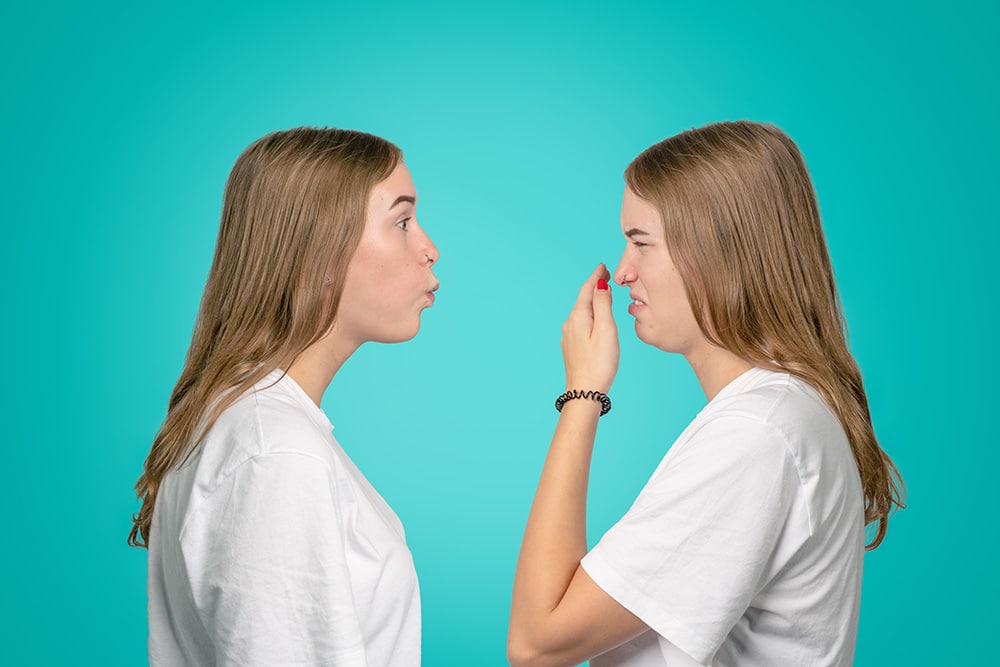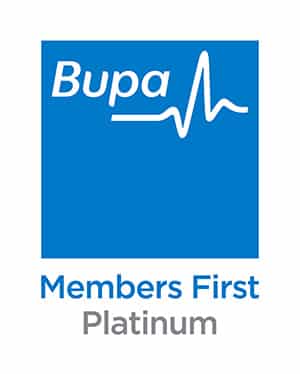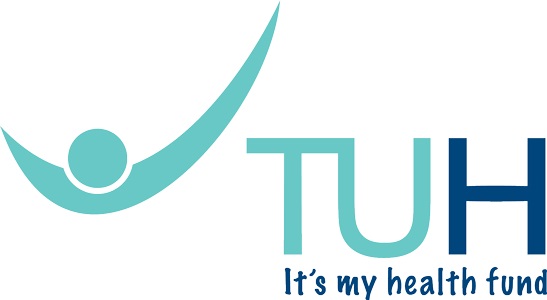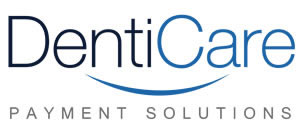The main cause of chronic bad breath is tongue bacteria in the mouth. While there are a range of oral conditions that can potentially cause bad breath (halitosis), it is a certain species of tongue bacteria that is responsible for between 80 to 90 percent of all normal cases of oral-related bad breath. The tongue bacteria in question – identified by American researchers in 2008 – go by the name of Solobacterium moorei, or S. moorei, in short.
American researchers found this bug present in 100% of their test subjects suffering from halitosis, while only 14% of those tested without bad breath were infected with S. moorei. However, it is interesting to note that all people in the latter group were experiencing periodontitis (gum disease).
So, let’s stop for a second and consider the implications of this information. The bottom line is this – no matter how thorough you are with brushing and flossing your teeth, your bad breath probably won’t go away unless you clean your tongue regularly as well.
What part of the tongue has the largest quantities of bacteria?
The part of the tongue that contains the vast majority of naturally and unnaturally occurring bacteria is located between the top dorsal and posterior dorsum of your tongue. In plain English, this area ranges from the top to the back of your tongue which is often left undisturbed by normal eating and cleaning activity.
As such, bacteria thrive within this bio-film habitat which is made up of food residue and other organic matter. As the breakdown of bacteria and organic matter occurs, odorous volatile sulfur compounds (VSCs) are produced – known otherwise as bad breath.
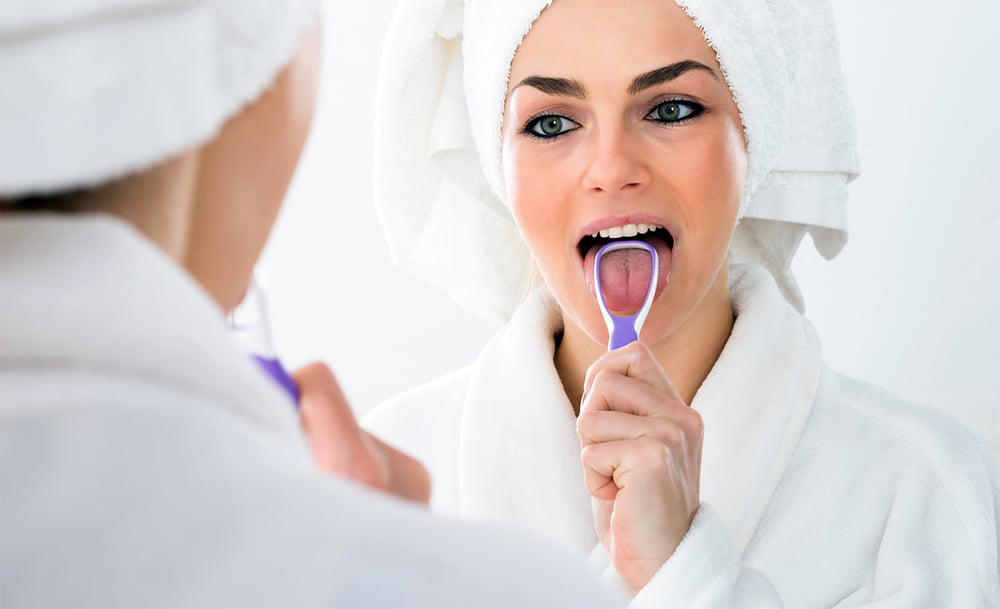
Does tongue cleaning help reduce odours?
According to German researchers, cleaning your tongue reduces foul odours emanating from tongue coatings or bio-films. The results in the German study showed that tongue cleaners reduced VSC levels by 42%, tongue scrappers by 40% and toothbrushes by 33%.
The researchers also found that a combination of using all three tongue cleaning techniques yielded slightly better overall results. However, whether the subjects of the study actually cleaned the right part of the tongue (i.e. between the top dorsal & posterior dorsum) was not stated in the testing methods of the study.
References
Haraszthy, Violet & Gerber, D & Clark, B & Moses, P & Parker, C & Sreenivasan, P & Zambon, Joseph. (2015). Characterization and prevalence of Solobacterium moorei associated with oral halitosis, from https://www.researchgate.net/publication/274373091_Characterization_and_prevalence_of_Solobacterium_moorei_associated_with_oral_halitosis/citation/download
Seemann, R., Kison, A., Bizhang, M., & Zimmer, S. (2001). Effectiveness of mechanical tongue cleaning on oral levels of volatile sulfur compounds. The Journal of the American Dental Association, 132(9), 1263–1267. doi: 10.14219/jada.archive.2001.0369, from https://www.ncbi.nlm.nih.gov/pubmed/11665351
Wikipedia contributors. (2019, September 13). Bad breath. In Wikipedia, The Free Encyclopedia. Retrieved 07:03, October 22, 2019, from https://en.wikipedia.org/w/index.php?title=Bad_breath&oldid=915505747
